In the pink rays of the setting sun, a common tern (Sterna hirundo) hunts at Ashbridge’s Bay. © BCP 2010
I managed to get out for a short walk late Monday evening just as dusk was falling, and noted a couple of interesting observations.
For one, the lake seems to be at the highest level I have seen it in ages. I noticed it particularly because I had heard a belted kingfisher rattling out its cry and wanted to see if I could get a look at it. Following the sound of its cry led me to the water’s edge just before the foot path from the parking lot turns sharply right to hook up to the boardwalk. There, where there is usually a gravel beach where the mallards and gadwalls hang out, there was suddenly NO beach at all! Water was lapping into the plants that have recently been six or eight feet away from the water line. Is this the result of all the rain we’ve been having? I’ll see if I can find out.
(Lost track of the kingfisher. Darn that water level, anyway…)
As dusk falls, there’s barely enough light to get a shot of an eastern kingbird (Tyrannus tyrannus). © BCP 2010
Heading around by the boardwalk, I came across an eastern kingbird (Tyrannus tyrannus) that was resting briefly in a a dead tree. Just barely enough light to capture its silhouette by cranking up the ISO on my old camera. Haven’t seen one of these distinictive, robin-sized fly-catchers lately at Ashbridge’s, so that was a bonus.
Continuing on the path alongside the (extremely and annoyingly ruined boardwalk — when, oh when is the city going to do something about this dangerous state of affairs? ) — I noticed that a small group of common terns (Sterna hirundo) were about in the bay, fishing. (BTW… a group of terns is called a committee.)
Like the kingbirds, the terns are not a species I see every day at A.B. But when they’re around, they are very evident. With their distinctive, buzzy and strident calls, they’re almost always heard before they’re seen. You can hear the common tern’s call at WhatBird.com.
These terns have a much more aggressive hunting/fishing technique than the local gulls (ring-bills) do. With intense focus and what must be impressive eyesight, they circle around searching for their prey before plunge-diving straight into the lake for a fish. Quite a spectacle to watch.
There was only a little light left by the time I tried to get a picture of a tern plunging into the drink, but managed a couple of grainy shots, as you can see above. I’ll try again another time, but earlier in the evening when more light will let me shoot with a faster shutter speed.
© BCP 2010


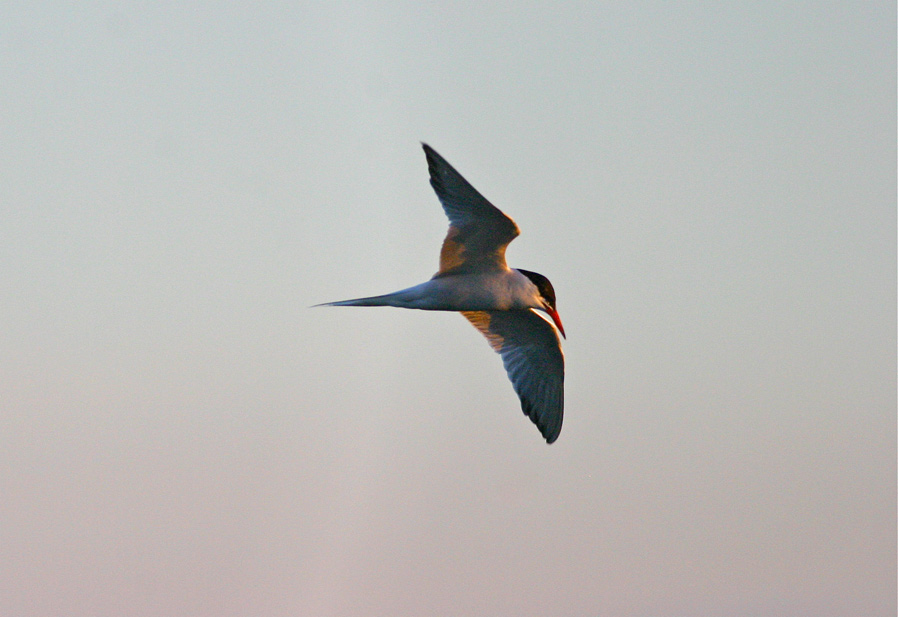
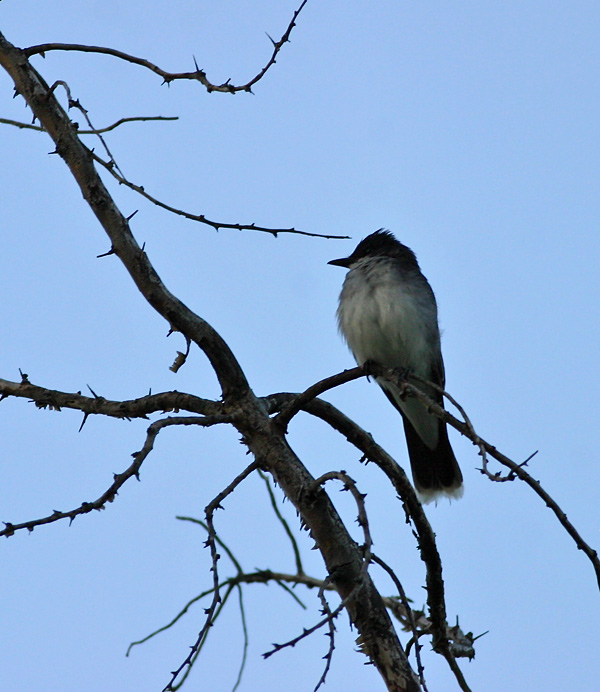
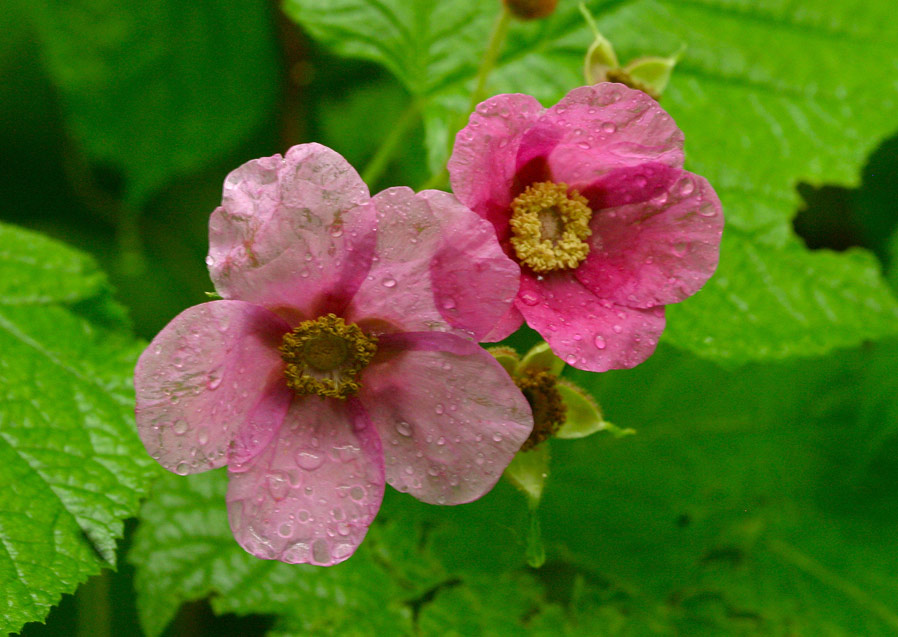
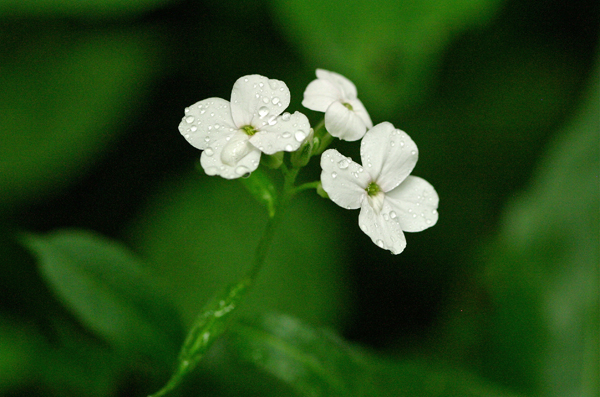
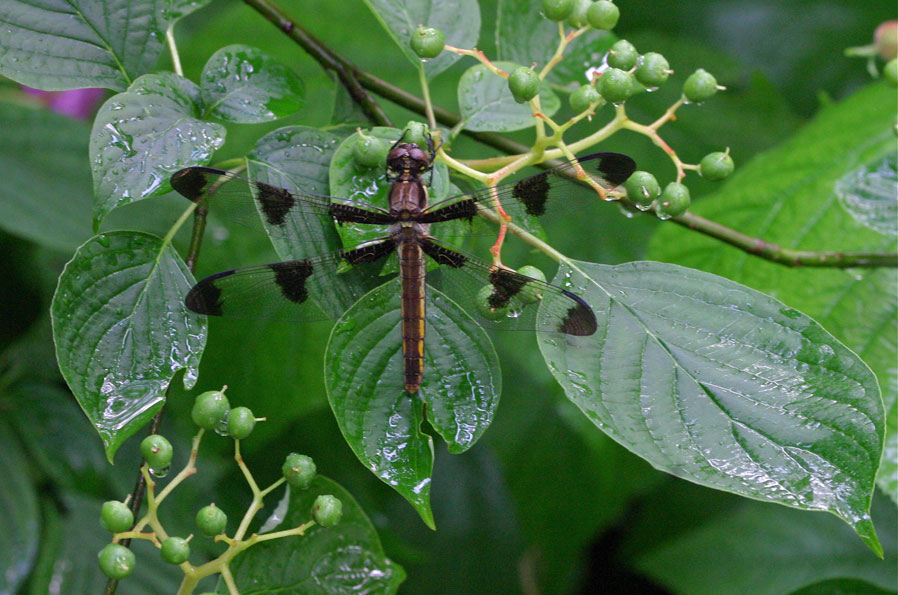
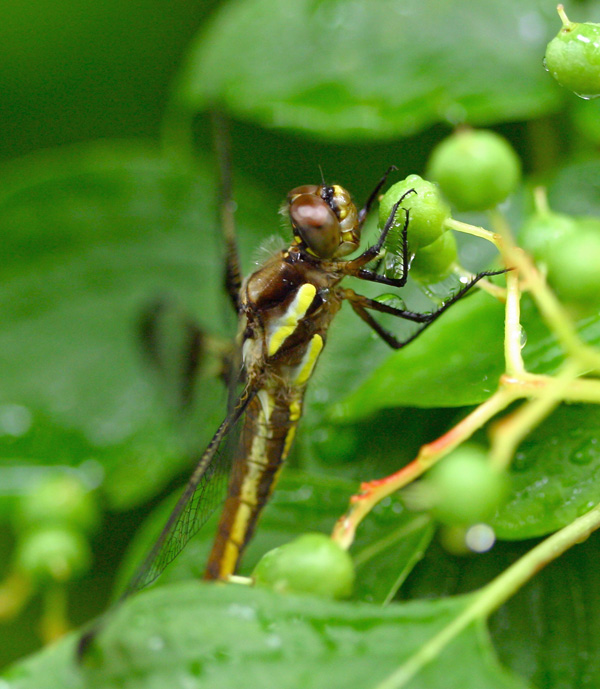
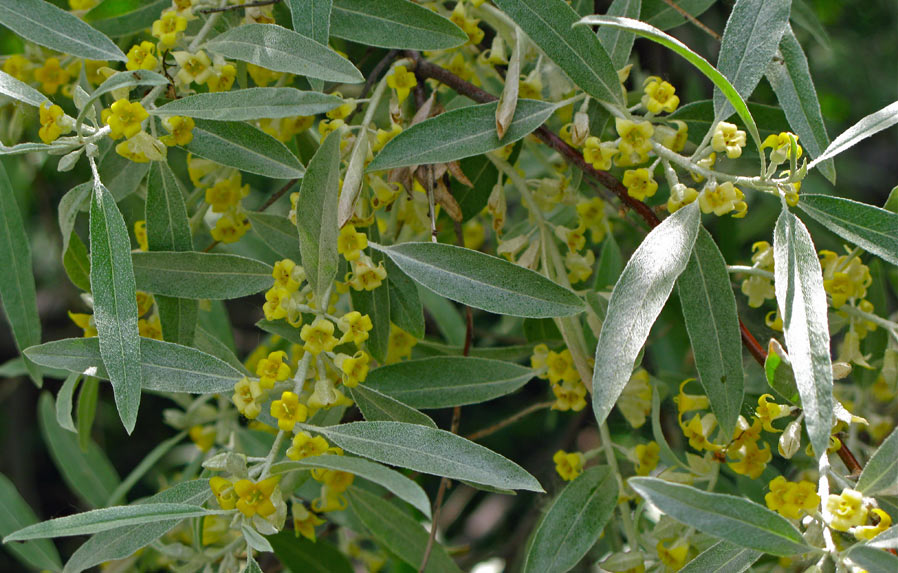
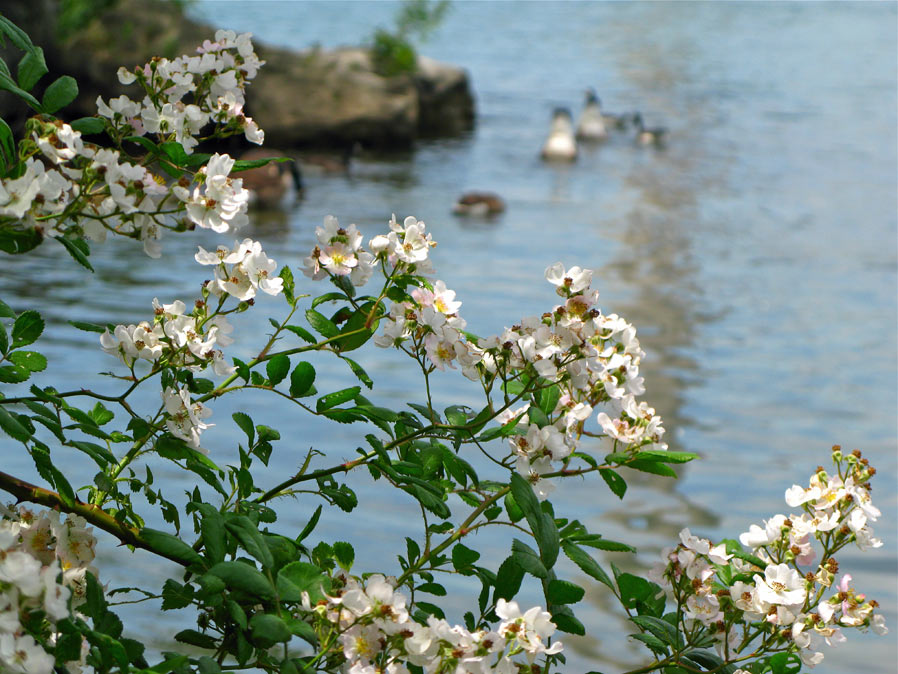
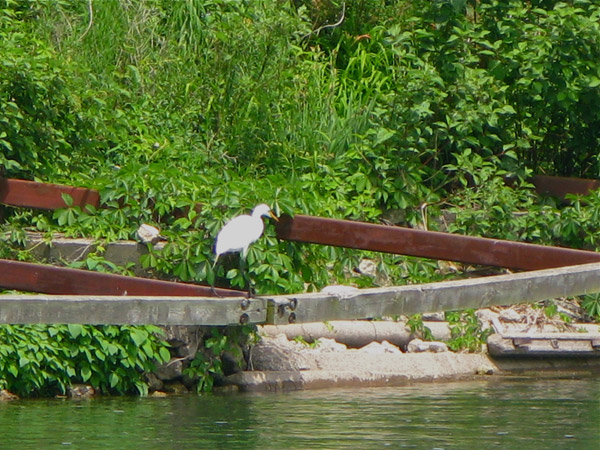

no comments